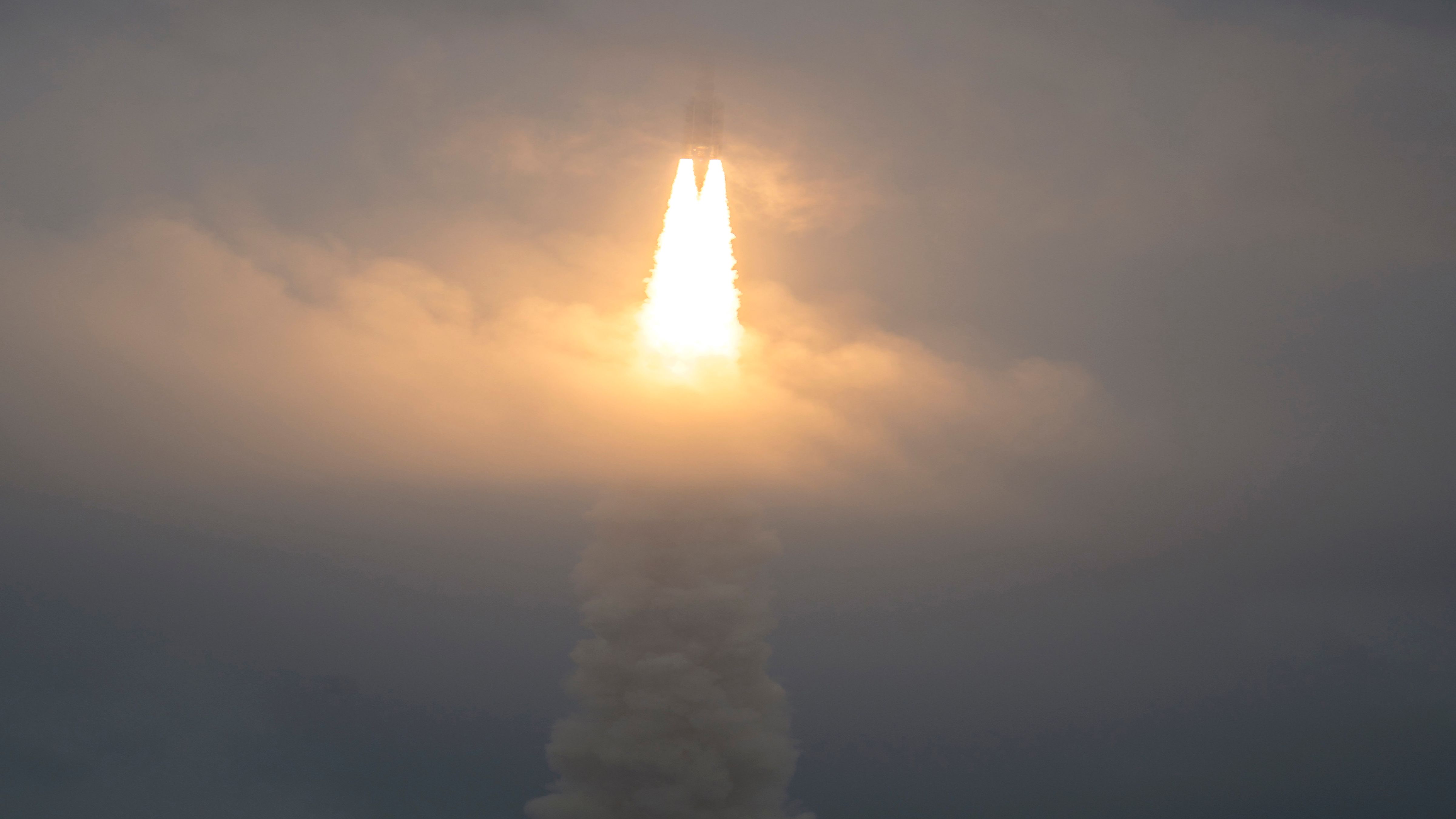The recently-launched James Webb telescope will allow astronomers to study the beginning of the universe shortly after the big bang, 13.8 billion years ago, and to hunt for signs of life-supporting planets in our own galaxy.
The United States National Aeronautics and Space Administration (NASA) successfully launched the $10-billion James Webb telescope from the European Space Agency’s launch base in French Guiana on Saturday (December 25), opening a highly anticipated new era of astronomical exploration.
According to NASA, the joint effort with the European Space Agency (ESA) and the Canadian Space Agency (CSA) marks “the world’s largest and most complex space science observatory.”
“We have delivered a Christmas gift to humanity,” said ESA director general Josef Aschbacher.
“With this telescope we are enabling new science. This was a special moment, nerve-racking but successful in the end.”
This point was backed by NASA administrator Bill Nelson: “It’s going to give us a better understanding of our universe and our place in it: who we are, what we are, the search that’s eternal.”
The telescope was folded up to fit neatly inside the nose of the rocket; once in space, it will unfold and deploy its mirrors and other instruments and assume its fixed orbital position, with observations scheduled to start six months after launch, NASA representatives said in a statement.
Over the next 29 days, the telescope will reshape and transform itself over the course of its journey until it settles at its final destination approximately one million miles from Earth.
After six months, the telescope will deliver its first images of space.
The telescope’s special orbital path is to keep it in constant alignment with Earth as the planet and telescope circle the sun in tandem.
Described as a “time machine” by scientists, the telescope will allow astronomers to study the beginning of the universe shortly after the big bang, 13.8 billion years ago, and to hunt for signs of life-supporting planets in our own galaxy.
The new telescope’s instruments make it ideal to search for evidence of potentially life-supporting atmospheres around scores of newly documented exoplanets and to observe worlds much closer to home, such as Mars and Saturn’s icy moon Titan.
Tags: #spaceexploration, #NASA, #JamesWebbTelescope, #astronomy
